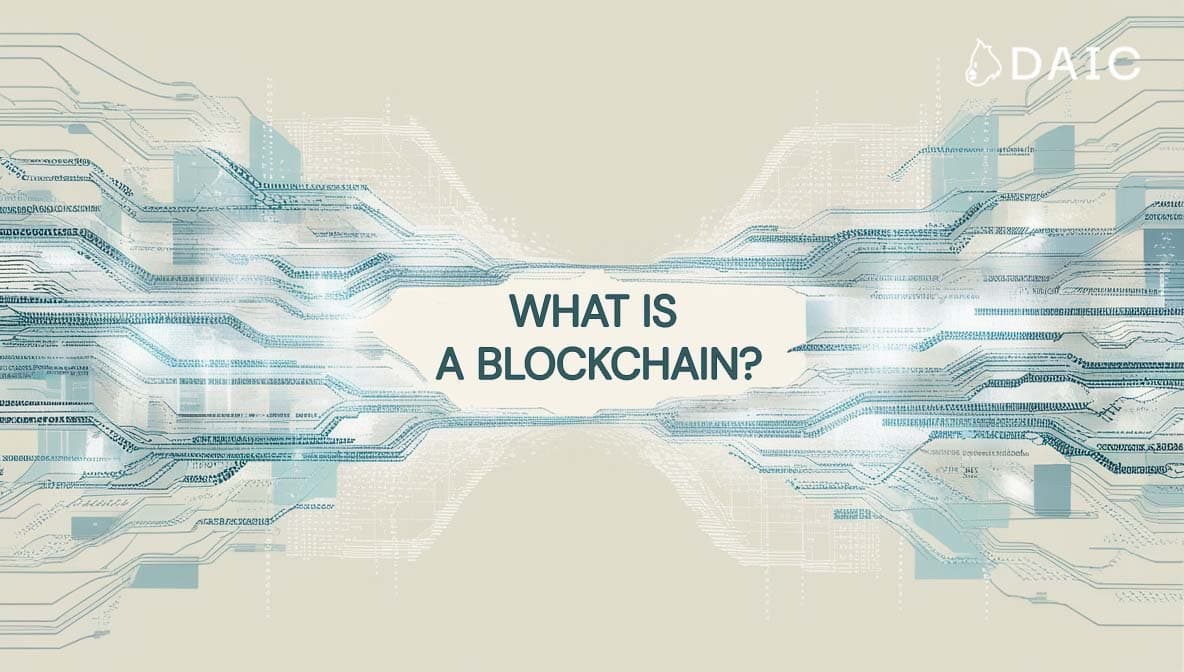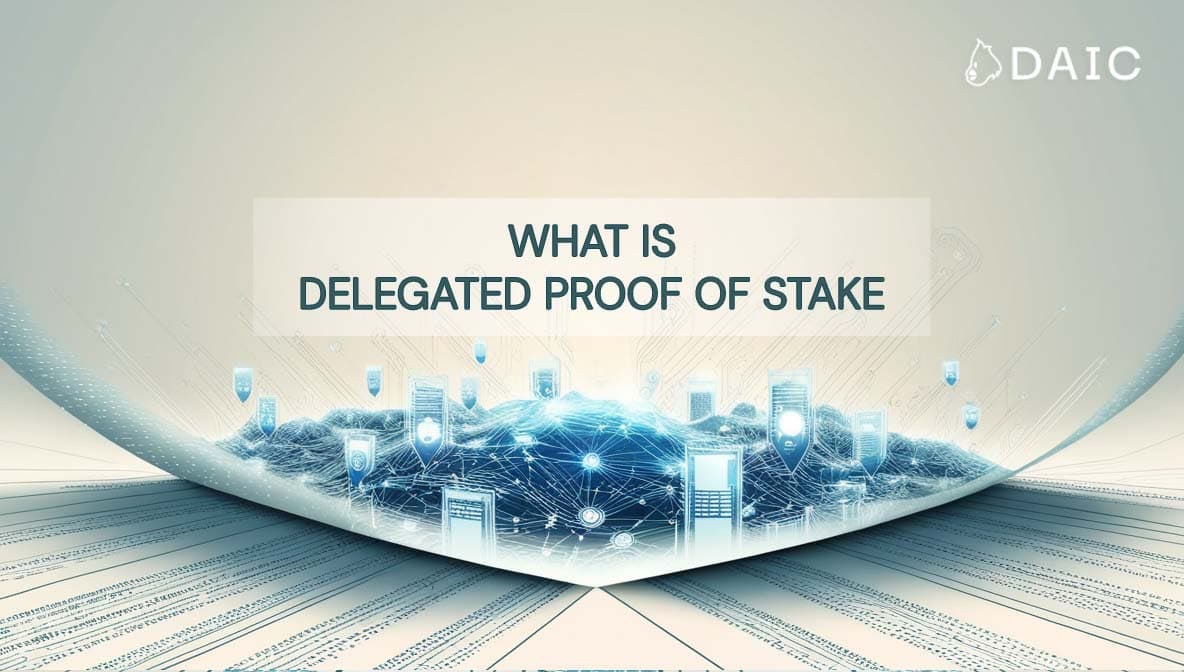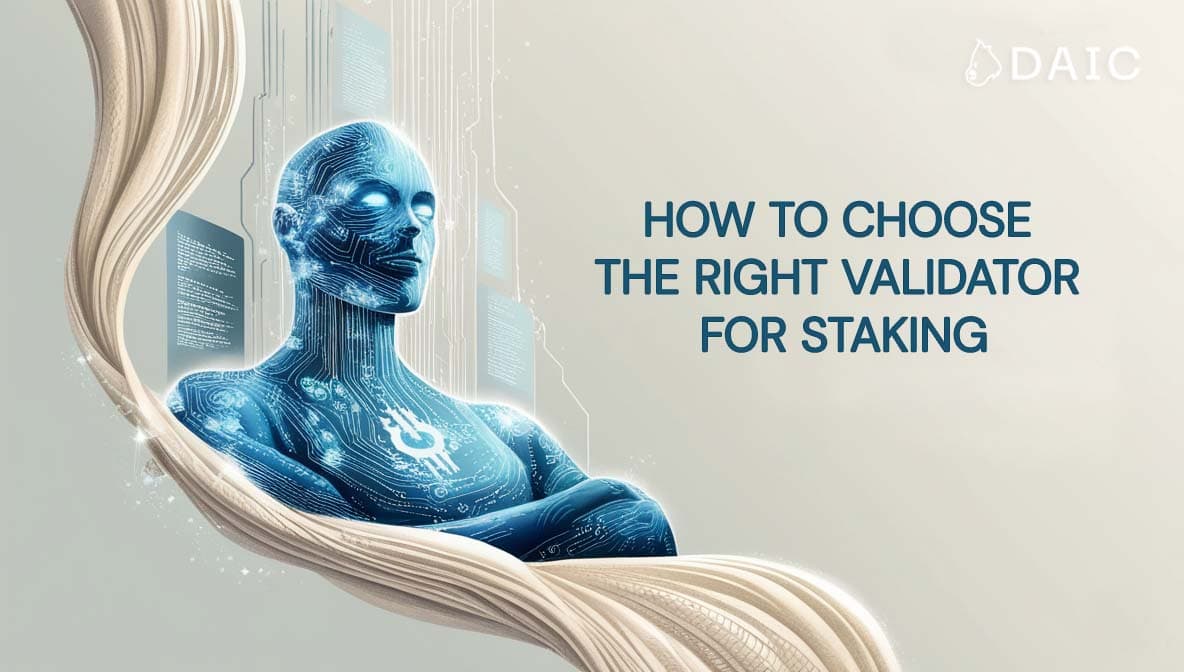Ethereum's token standards, such as ERC-20 and ERC-721, have revolutionized the blockchain ecosystem by providing uniform guidelines for creating fungible and non-fungible tokens, respectively. These standards ensure interoperability across decentralized applications (dApps) and exchanges, fostering a robust and versatile environment for developers and users. The evolution of these standards continues to address emerging needs, enhancing functionality and security within the Ethereum network.
Key Takeaways
- ERC-20 Standard: Defines a common set of rules for fungible tokens, facilitating seamless integration with various dApps and exchanges.
- ERC-721 Standard: Introduces guidelines for non-fungible tokens (NFTs), enabling unique asset representation on the blockchain.
- Interoperability: Standardized tokens promote compatibility across the Ethereum ecosystem, simplifying development and user interactions.
- Security and Efficiency: Adherence to established token standards enhances the reliability and performance of blockchain applications.
- Ongoing Development: The Ethereum community continually evolves token standards to meet new use cases and technological advancements.
Understanding Ethereum EVM Token Standards: A Deep Dive
Introduction
Ethereum has revolutionized the blockchain space by enabling the creation of decentralized applications (dApps) and smart contracts. One of the key innovations within the Ethereum ecosystem is the introduction of standardized tokens, which facilitate interoperability, usability, and security across different blockchain applications.
Token standards define the rules and functionalities of digital assets on Ethereum, ensuring that they work seamlessly with wallets, exchanges, and decentralized finance (DeFi) platforms.
What Are Ethereum Token Standards?
Ethereum token standards are predefined sets of rules that dictate how tokens behave on the Ethereum blockchain. These standards enable developers to create fungible, non-fungible, and semi-fungible tokens while ensuring compatibility with existing infrastructure such as wallets, decentralized applications, and exchanges.
Without these standards, developers would have to build unique smart contracts for each project, leading to fragmentation and inefficiency. Standardized tokens provide a universal framework, making it easier for developers to create, transfer, and manage tokens within the Ethereum ecosystem.
Key Ethereum Token Standards
ERC-20: The Fungible Token Standard
The ERC-20 (Ethereum Request for Comment 20) standard is the most widely used token standard in the Ethereum ecosystem. It defines a set of functions that enable fungible tokens, tokens that are identical and interchangeable, to interact with smart contracts and applications seamlessly.
Key Features of ERC-20:
- Fungibility: Each ERC-20 token is identical in value and functionality.
- Basic functions: Includes transfer, balance inquiry, and approval mechanisms.
- Interoperability: Works seamlessly with Ethereum wallets and decentralized exchanges (DEXs).
Popular ERC-20 Tokens:
- Tether (USDT) – A stablecoin pegged to the US dollar.
- Dai (DAI) – A decentralized stablecoin.
- Uniswap (UNI) – A governance token for the Uniswap DEX.
ERC-721: The Non-Fungible Token (NFT) Standard
ERC-721 introduced the concept of non-fungible tokens (NFTs), which are unique and non-interchangeable digital assets. Unlike ERC-20 tokens, ERC-721 tokens have distinct properties, making them ideal for representing digital collectibles, real estate, and gaming items.
Key Features of ERC-721:
- Uniqueness: Each token has a unique identifier (token ID).
- Ownership tracking: Smart contracts ensure transparent ownership records.
- Customizability: Developers can add metadata to enhance token attributes.
Popular ERC-721 NFTs:
- CryptoKitties – One of the first NFT projects on Ethereum. While this is one of the first NFTs on Ethereum, it is not following the standard 100%.
- Bored Ape Yacht Club (BAYC) – A high-profile NFT collection.
- Decentraland (MANA) – Virtual land ownership in a metaverse.
ERC-1155: The Multi-Token Standard
ERC-1155 is an advanced and highly flexible token standard that allows a single smart contract to manage multiple token types simultaneously. It was developed to overcome the limitations of ERC-20 and ERC-721 by enabling both fungible and non-fungible tokens to be governed within a single framework.
Key Features of ERC-1155:
- Batch transfers: Users can send multiple tokens (both fungible and non-fungible) in a single transaction, reducing gas fees and improving efficiency.
- Shared smart contract logic: A single contract can manage multiple token types, reducing the need for deploying separate contracts for different assets.
- Gas efficiency: ERC-1155 minimizes blockchain congestion by optimizing storage and execution costs.
- Atomic swaps: Enables the swapping of multiple assets within one transaction, reducing the risk of incomplete transfers.
Use Cases:
- Gaming assets: One of the most common use cases of ERC-1155 is in gaming, where different in-game items need to be represented as tokens. For example, in a fantasy game, multiple bronze swords (fungible), some silver swords (semi-fungible), and a single legendary gold sword (non-fungible) can all be managed within the same smart contract. This makes trading, upgrading, and managing assets more efficient and cost-effective.
- Metaverse projects: Virtual worlds can use ERC-1155 for digital land, avatars, accessories, and consumable in-game items, all managed under one contract rather than separate ones for each asset type.
- DeFi applications: ERC-1155 can also be used for structured financial products, such as hybrid token systems where a single contract can handle governance tokens, reward tokens, and liquidity pool tokens simultaneously.
ERC-4626: The Yield-Bearing Vault Standard
ERC-4626 standardizes the implementation of yield-bearing vaults in DeFi applications. It enhances composability between different DeFi protocols by ensuring that tokens representing staked or deposited assets adhere to a common standard.
Key Features of ERC-4626:
- Optimized yield farming: Simplifies integration with lending platforms.
- Efficiency: Reduces redundancy in smart contract development.
- Better liquidity: Enables seamless movement of yield-bearing tokens across DeFi protocols.
Use Cases:
- Automated yield farming vaults like Yearn Finance.
- Staking protocols that issue interest-bearing tokens.
Other Notable Token Standards
While ERC-20, ERC-721, ERC-1155, and ERC-4626 are the most commonly used, several other token standards have been introduced to address specific industry needs:
- ERC-777 – An advanced fungible token standard that improves upon ERC-20 by introducing hooks, which allow smart contracts to react to token transfers.
- ERC-1400 – A standard for security tokens, ensuring regulatory compliance.
- ERC-2981 – A royalty standard for NFTs, allowing creators to receive automatic royalties on secondary sales.
Why Do Token Standards Matter?
Ethereum token standards play a crucial role in ensuring the functionality, security, and efficiency of blockchain applications. Here’s why they matter:
- Interoperability: Standardized tokens work seamlessly across wallets, exchanges, and dApps.
- Security: Predefined rules reduce vulnerabilities and prevent common exploits.
- Efficiency: Developers can build on existing frameworks, reducing development time.
- Adoption: Standards help drive mass adoption by providing consistency in token behavior.
The Future of Ethereum Token Standards
As Ethereum continues to evolve, so do its token standards. Some key trends shaping the future of tokenization include:
- Layer 2 Solutions: Rollups and sidechains are reducing Ethereum's congestion, making transactions cheaper and faster.
- Real-World Asset Tokenization: More traditional assets (e.g., real estate, stocks) are being represented as blockchain-based tokens.
- Enhanced NFT Standards: Improvements in NFT standards (e.g., ERC-6551 for token-bound accounts) are expanding NFT functionalities.
- Regulatory Compliance: Security token standards like ERC-1400 will play a vital role in bridging the gap between traditional finance and blockchain technology.
Conclusion
Ethereum token standards are the backbone of the blockchain ecosystem, enabling everything from fungible cryptocurrencies to unique digital assets and yield-bearing vaults. As blockchain technology matures, new token standards will continue to emerge, driving innovation and expanding the possibilities of decentralized finance, gaming, and real-world asset tokenization.
For developers and investors alike, staying informed about these evolving standards is crucial to navigating the rapidly changing landscape of Web3. Whether you’re building a new dApp, launching a token, or exploring the metaverse, understanding Ethereum’s token standards will give you a solid foundation to engage with the ecosystem effectively.
The information provided by DAIC, including but not limited to research, analysis, data, or other content, is offered solely for informational purposes and does not constitute investment advice, financial advice, trading advice, or any other type of advice. DAIC does not recommend the purchase, sale, or holding of any cryptocurrency or other investment.


